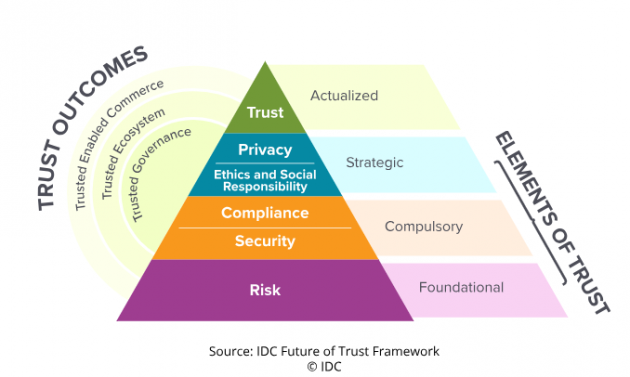Let’s focus on the three main ingredients of these coffee-break discussions
1. Digital-First Organizations:
As digital transformation enters a new phase, becoming “digital first” is an important milestone. Digital services are delivered close to seamlessly via multicloud infrastructure. But at the same time, cyberthreats are becoming increasingly complex, calling for proactive and managed cyber protection to protect against known, unknown, and advanced threats and build the digital trust needed in a digital-first organization.
Digital first is not a technology or a business model. Digital first applies to any organization that’s always asking if some digital-based capability could improve the desired outcomes of processes, business models, or any other activities for that matter. It is an organizational aspiration. Businesses and organizations must keep asking whether there is some digital-based capability or enhancement that could improve lives and desired outcomes.
Digital first is not just a vision. IDC continuously asks IT decision makers in tech-buyer organizations around the world to assess their digital maturity on a scale with five rungs, from disconnected digital strategies to integrated and digital-first strategies. In Northern Europe, IDC predicts that the pace of digital maturity evolution will accelerate, and at least 60% of organizations will have an integrated or digital-first strategy by the end of 2023 (versus 41% in 2021 and 49% in 2022).






